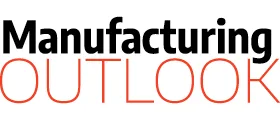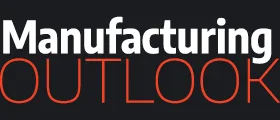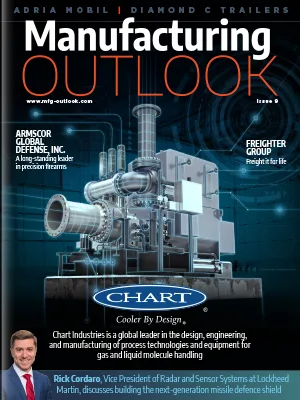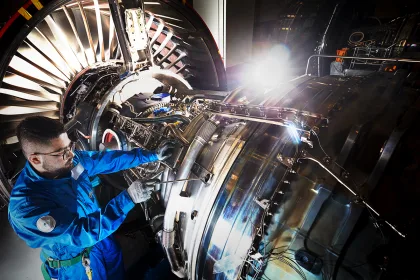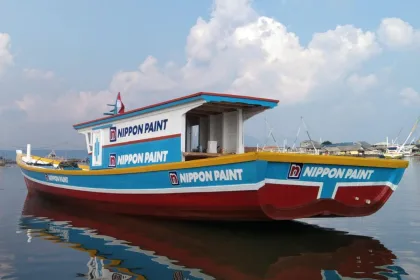The Zambia Association of Manufacturers have ambitious aspirations to return the manufacturing sector in Zambia to its former glory after decades of steady decline.
- INTRODUCTION
- INTERVIEW: ZAMBIA ASSOCIATION OF MANUFACTURERS (ZAM)
- Firstly, could you talk us through the origins of the association?
- How has ZAM progressed since that time?
- What do you find most exciting, and challenging, about the manufacturing sector in Zambia?
- How important is it to enable a conducive business environment for Zambian manufacturers?
- Has the association got any projects in the pipeline you wish to highlight?
- How do you see the association developing over the next five years?
- Finally, are you optimistic about the growth of an efficient and modern manufacturing sector in Zambia?
INTRODUCTION
Zambia’s manufacturing sector has undergone a number of changes over the last half a century.
From private ownership to state-led import substitution and subsequent deindustrialisation, the contribution of manufacturing to Zambian gross domestic product (GDP) proliferated from 10 percent in 1971 to an impressive peak of 37 percent in 1992.
As manufacturing in Zambia prospered, however, the country’s economy as a whole was in sustained decline; in response, the Zambian government shifted towards liberalised trade and a privatised economy.
The intent of this shift was to drive, restore, and sustain growth in the country’s declining economy through the private sector, with the government to remain a mere facilitator of a conducive business environment. However, liberalisation and privatisation ultimately came at the expense of the thriving manufacturing industry, and stifled its steep upward trajectory.
Indeed, following the withdrawal of government subsidies to parastatal companies, manufacturing’s contribution to Zambian GDP has continued to decline at a steady rate, contributing a modest 8.1 percent to GDP in 2019.
Owing to this downturn, policy measures have since been put in place by the Zambian government as part of “Vision 2030”, to revive the sector, support its diversification, and create jobs.
By the end of the decade, manufacturing as a priority sector is to be technology-based, export-focused, dynamic and competitive according to Vision 2030, with effective entities that add value to locally abundant natural resources. Tech-based and export-focused manufacturing is at the heart of Vision 2030’s economic development plan, to transform Zambia into a prosperous middle-income country.
With less than eight years until 2030, however, growth targets are increasingly under threat. Exacerbated by the COVID-19 pandemic, supply chains in the manufacturing sector have been adversely affected by recent border closures and changing consumption patterns, whilst other factors such as low capital outlay and a high-cost business environment have further constrained growth.
To effectively position manufacturing to meet aspirations for 2030, especially during these tough times, improved interaction and dialogue are required between manufacturers and various policy-making bodies. Transformation goals need to be defined and agendas and strategies implemented through improved economic governance, to promote interaction and grow the manufacturing sector.
Likewise, increased interaction between academia and industry is needed to address the challenges associated with skills mismatches, the cost of doing business has to be reduced, and an export-oriented business environment has to be greatly enabled.
“There are two-way conversations with government discussing the way forward, and things are actually moving in the right direction”
Ashu Sagar, President, ZAM
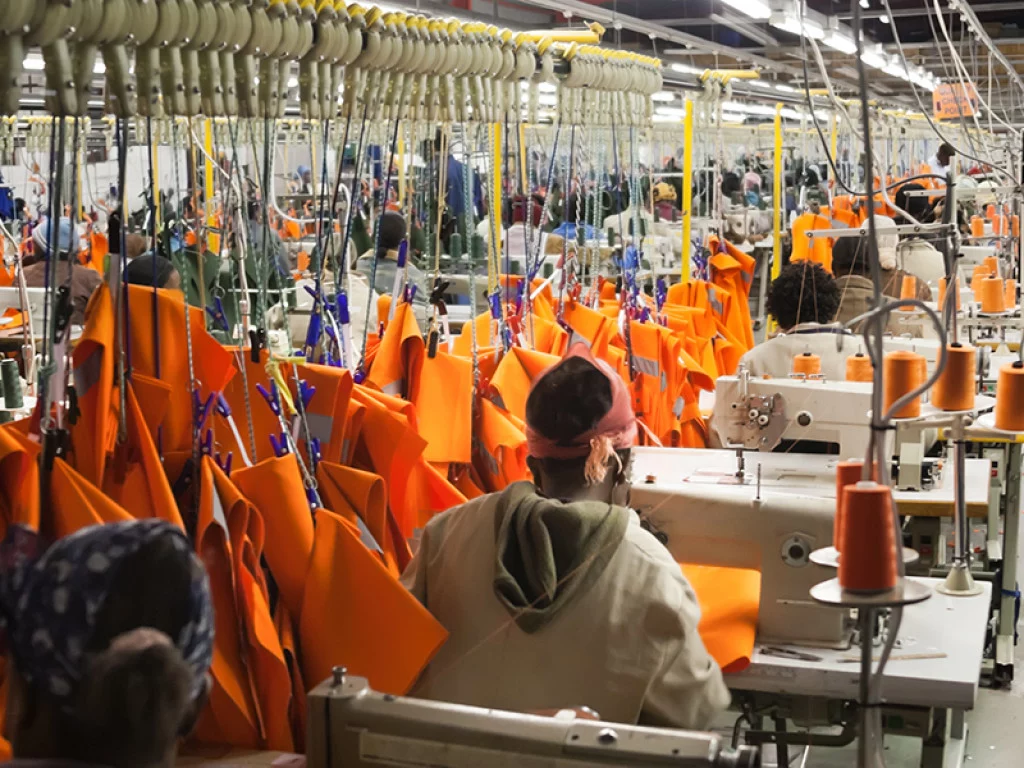
INTERVIEW: ZAMBIA ASSOCIATION OF MANUFACTURERS (ZAM)
ZAM is facilitating and promoting the growth of an efficient, modern, and conducive manufacturing sector in Zambia. President, Ashu Sagar, highlights the need for dialogue and adding value for members
Firstly, could you talk us through the origins of the association?
Ashu Sagar, President (AS): The Zambia Association of Manufacturers was established in 1985. It was a loose association at the time when there was hardly any regulation in terms of associations. It was registered officially with the Registrar of Societies in 1996 and the Secretariat was established in 2009 to run the affairs of the association.
The whole idea was to create an association that looks after the interests of manufacturers in Zambia, as in many regional countries, national manufacturing associations push the agenda for manufacturers.
Because manufacturing is generally very capital intensive, you have to differentiate yourself from the normal business or commerce side of the economy. Our needs and wants are basically different to a general business, so that was the main vision in terms of making sure we were firm on lobbying with the government, looking after manufacturers’ interests to make sure the industry progresses in the country.
Around the mid-1980s to 1990s, the manufacturing sector started to taper off and was really in the doldrums. This was when ZAM started trying to steer government policy in the right direction, hence it was registered as a fully-fledged association in 1996.
How has ZAM progressed since that time?
AS: Progress wasn’t fast-paced until around the last six years. When you’re lobbying government and you find that some governments are not sensitive to private sector needs, you have to be very politically correct at times.
That was a problem I think we faced in the past, where we had to be very politically correct in what we were asking for and tried as much as possible to get our message across without ruffling any feathers, so to speak.
The rate of progress just depends on the environment you operate in; right now, there are two-way conversations with government discussing the way forward, and things are actually moving in the right direction.
What do you find most exciting, and challenging, about the manufacturing sector in Zambia?
AS: Zambia has been a challenging environment. We think outside the box at times for solutions that you would not think of in a normal, stable economy.
There are definitely challenges that have been brought about by the mismanagement of the economy. In the past, you would find that policies were not right for generating investment and reinvestment into growing your business.
The sector has its challenges, but when you see that you’re beginning to score successes in your dialogue with the powers that be, you definitely feel that things are moving in the right direction.
Times are exciting when things start happening, when you start pushing a policy, and you start getting traction from government to see sense in what you’re proposing. For example, during the COVID-19 pandemic, we talked to government about suspending import duty under statutory instrument (SI) 110, and they listened.
These are some of the most trying times in living memory, with COVID-19, energy and fuel prices climbing, the cost of raw materials rising, shipping rates going up, and so on. Zambia is mostly an import-based economy when it comes to manufacturing, and shipping rates in the last 12 months have almost doubled in some cases, so it’s very hard to remain competitive when the dynamics of the external environment in other economies begin to affect you.
It has hindered the growth of some of our members, but they’re back on their feet. Most of our manufacturing companies are very young, but they’ve ridden the storm and come out with the ability to carry on, reinvest, and grow.
“For any manufacturing sector to grow in any country, not just Zambia, there needs to be an enabling environment”
Ashu Sagar, President, ZAM
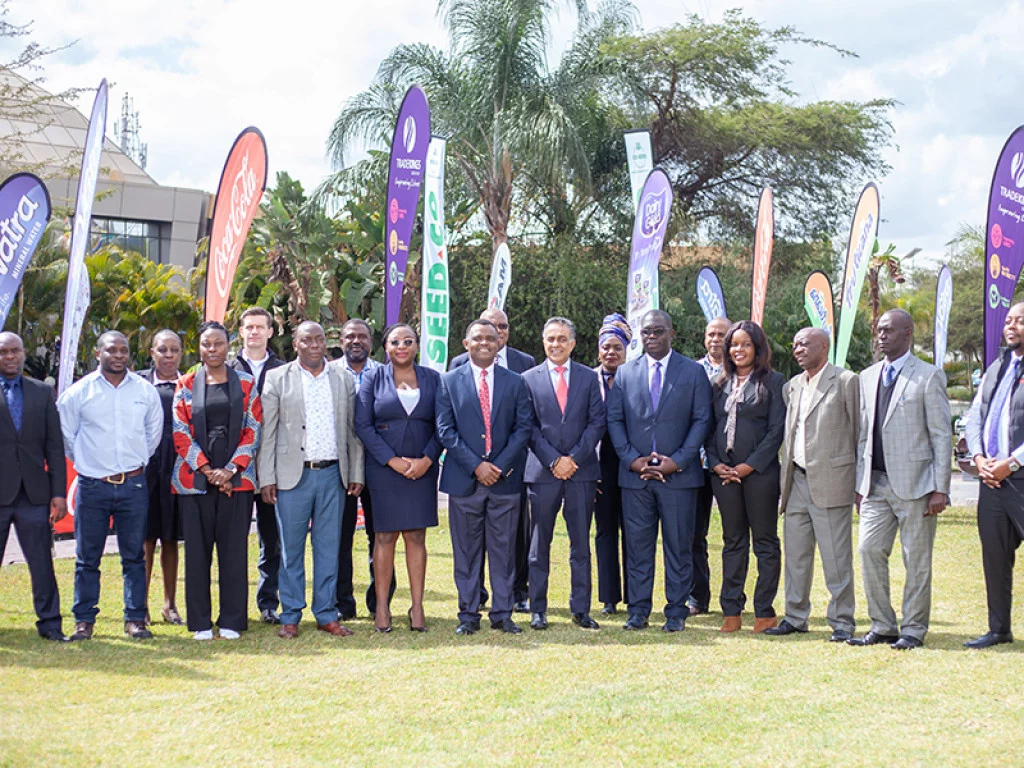
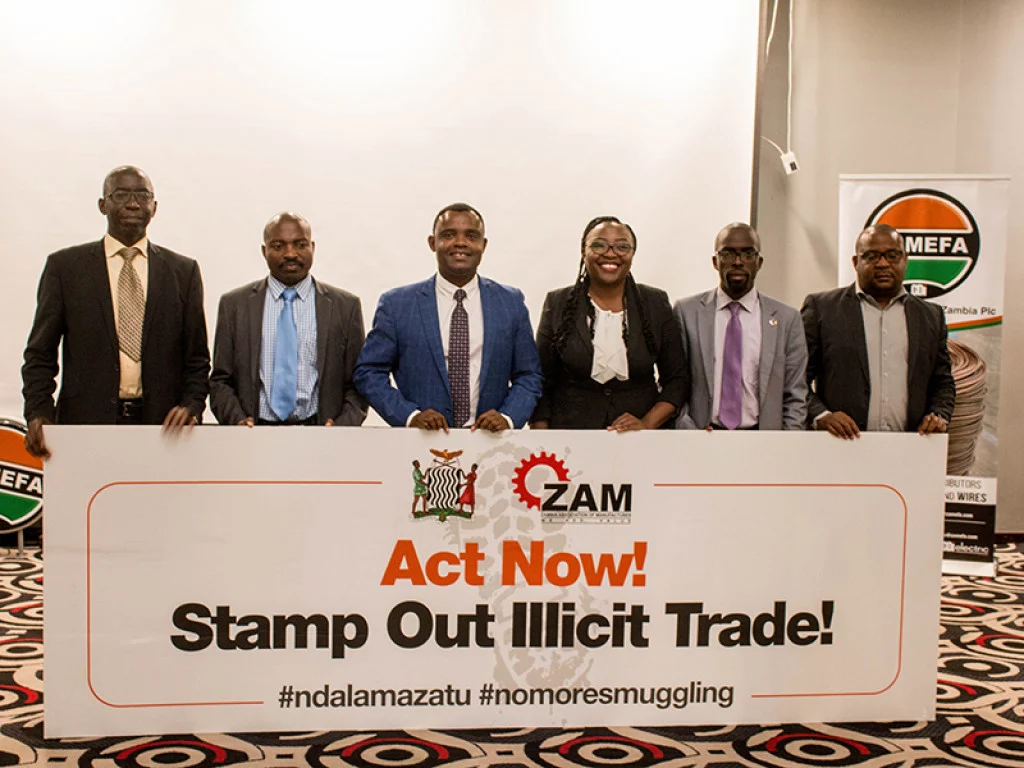
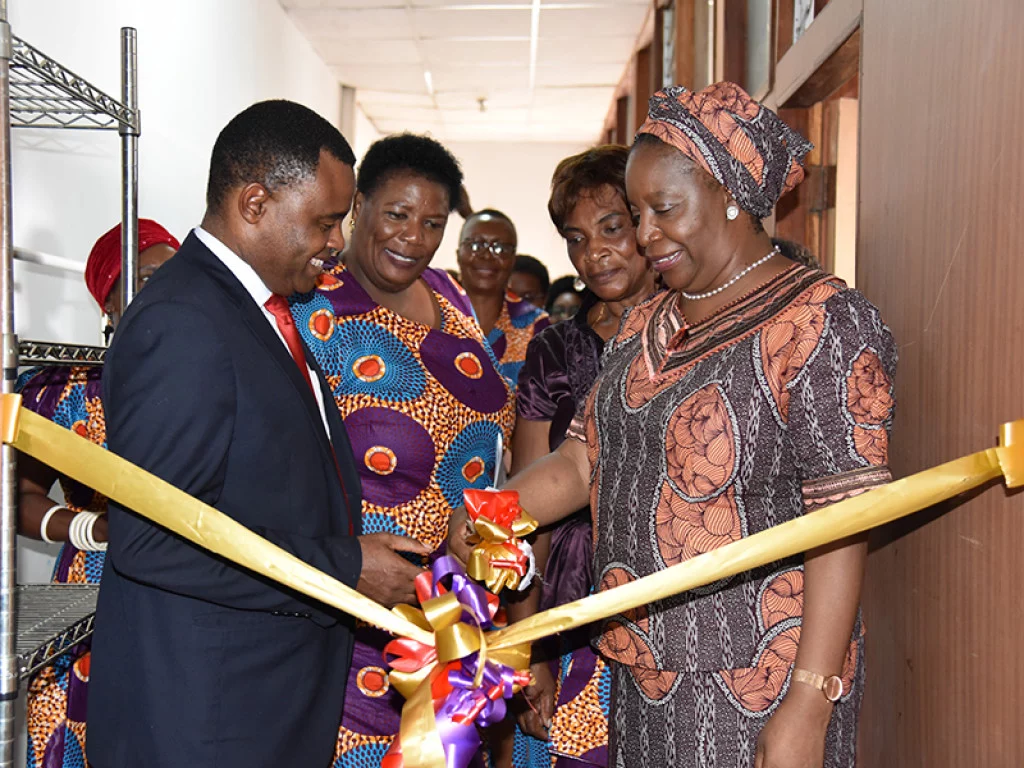
How important is it to enable a conducive business environment for Zambian manufacturers?
AS: For any manufacturing sector to grow in any country, not just Zambia, there needs to be an enabling environment. This comes mostly from what I would term as differential policy, which means giving manufacturing its own sector importance.
There is a need for policy that enables value creation because it is the base of any manufacturing industry. There’s so much that is part of the equation, so an enabling environment is key as it encourages companies to grow their businesses. As a consequence, the government will also benefit from increased tax revenue that will be realised from the growth of business. Additionally, more people will get jobs and be able to support their families, thereby reducing the poverty level among citizens. Happily, at the moment, there is enough engagement and positive reception towards some of the things we’re suggesting.
Has the association got any projects in the pipeline you wish to highlight?
AS: When we look at the association, we have continuous projects that add value and build capacity for our membership. It has a lot to do with enhancing the understanding of manufacturing.
We have MOUs in place with a number of institutions, which for example will allow companies to go green, and enhance their capacity to raise finances because they’ve gone green. We’re also going to start building our own premises in one of the main economic zones in Zambia.
How do you see the association developing over the next five years?
AS: Growth for us is about membership numbers, and we have been growing over the last three years. We’ve seen our membership double, and an association like ours only grows by demonstrating value for a member.
We have demonstrated value because we are able to deliver on certain aspects of the needs of the manufacturing sector. In the next five years, we’re hoping for that growth to continue in terms of membership numbers. We’re hoping for wins in terms of lobbying government, and we’re hoping to have a policy change in the way we are able to invest and reinvest back into the country.
With our efforts, we want to create a foundation for job creation, wealth creation, and value creation in Zambia through the manufacturing sector.
Finally, are you optimistic about the growth of an efficient and modern manufacturing sector in Zambia?
AS: A lot of our members are quite far ahead in terms of manufacturing technology. However, there’s a lot that companies in Europe, for example, are doing much better and have new technologies in place. When the investment climate is right, this is where you see joint ventures between Zambian manufacturers and overseas companies with technological expertise.
What has been hindering us is this little dark cloud over Zambia, the idea that it isn’t an investment destination, but now we’re beginning to see that it is. Plus, local manufacturers are also beginning to see reason to reinvest, so efficient and modern manufacturing in Zambia will only grow.
It’s a dynamic environment at the moment, especially with the African Continental Free Trade Area (AfCFTA). We have to make sure our products are competing with the likes of South Africa and Kenya; their manufacturing sectors are ahead of ours and we must accept that, but it doesn’t mean we can’t do better. You can come back and show that what you’re doing is better than your competitors.
